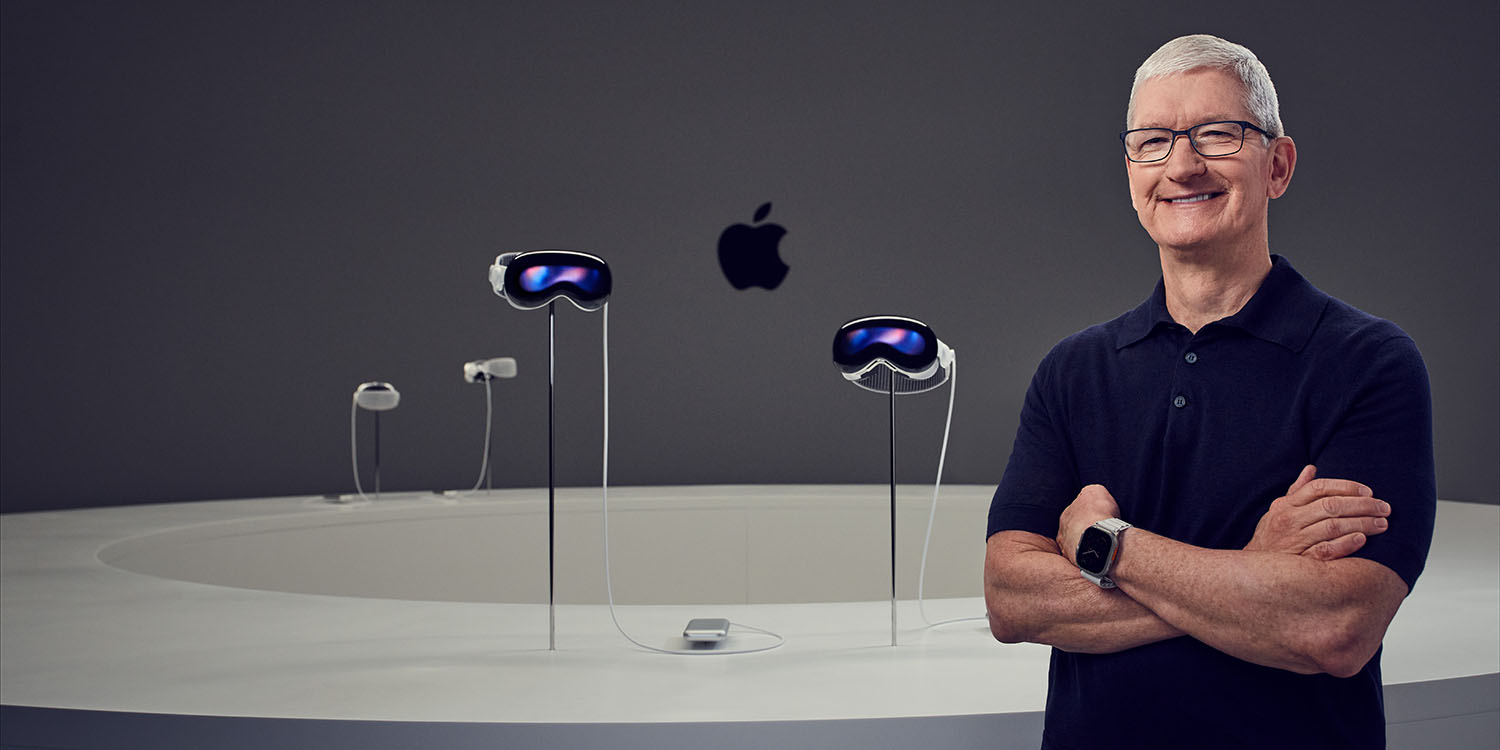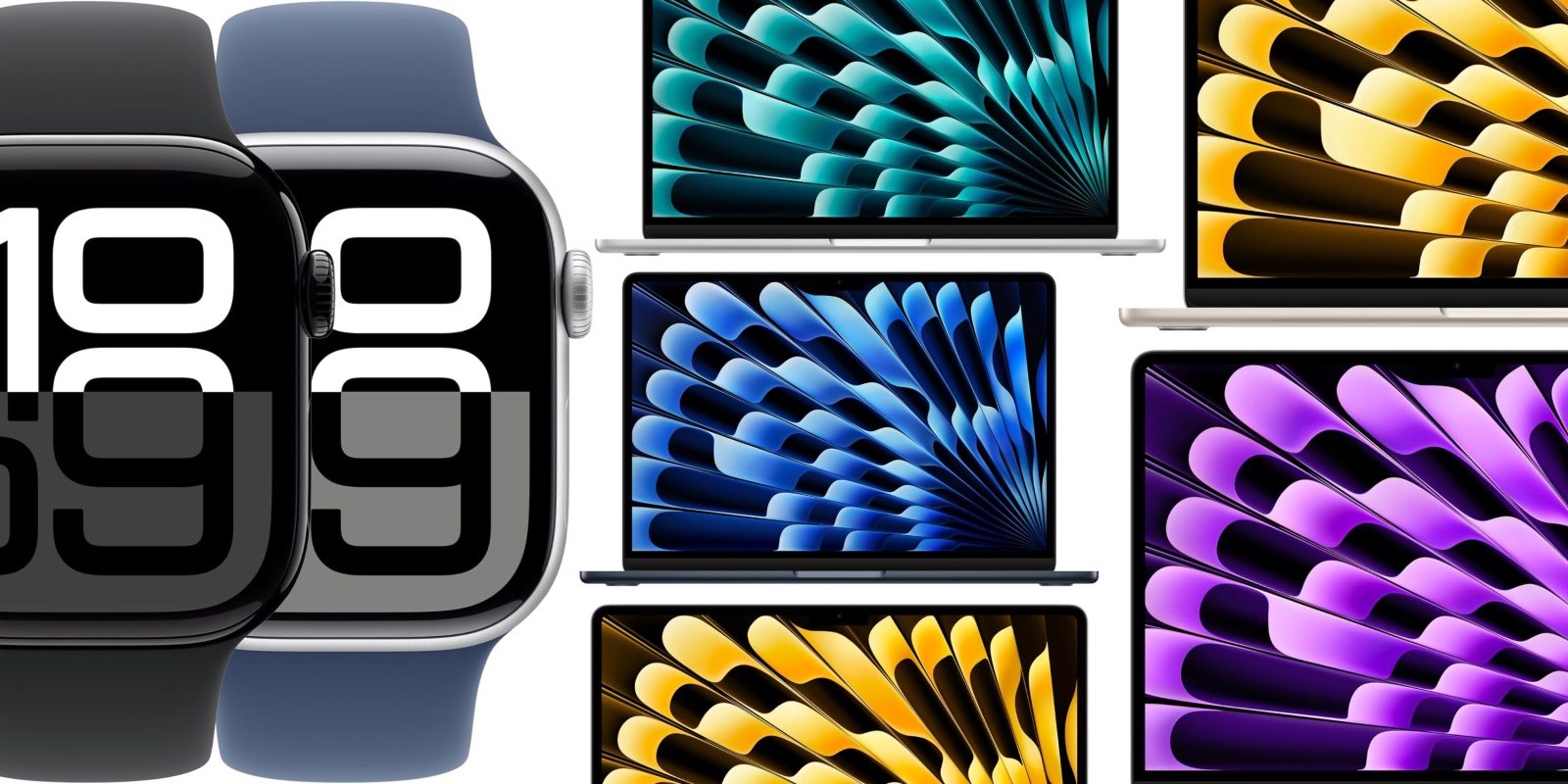
WWW.IGN.COM
Attack on Titan Revolution Update 2.5 Introduces Thunderspears and Armored Titan Raid
Attack on Titan Revolution Update 2.5 is kicking off 2025 for Roblox fans with a new Armored Titan Raid, a rework for Fritz, new Abnormal variants, and more.The update, which is live now for players across all platforms, launched earlier today and seeks to set the Attack on Titan simulator up for a colossal year. Arriving alongside the ongoing Christmas festivities, every gameplay tweak and cosmetic addition gives players new anime-themed gear and challenges to enjoy.The aforementioned Armored Titan Raid tops the list of additions, with the team behind Attack on Titan Revolution describing it as a two-phase event that tasks soldiers with defending rescue boats while fighting off the plated beast. With this comes new Raid Artifacts, such as the Scars and Rifle, and cosmetics, like the Young Reiners Outfit and Marleyan Band.Attack on Titan Revolution Update 2.5 is out now.The Fritz rework, meanwhile, includes extra defense and support perk slots with an assortment of smaller tweaks, as well as the skills Founders Vengeance, Founders Will, and Chaos. As for those new Abnormal variants, Roblox players can expect to fight off the Leader, Rager, Ducker, and Iceburst, with each featuring unique qualities to keep players on their toes. The Leader, for example, stands apart with glowing yellow marks and can buff titans in close proximity.Another headline from Attack on Titan Revolution Update 2.5 involves the new Thunderspear gear. The full patch notes detail the obtainment method, which involves reaching Prestige 1 and completing a series of quests, and how the new explosive tools can be used to gain the upper hand in battle. Finally, fans can expect a series of quality-of-life changes, bug fixes, and other smaller, foundational changes to greet them when logging in for Update 2.5 for the first time. Highlights include an automatic detonation setting for Spears, an extension for battle pass 2, and an additional free memory storage slot.Attack on Titan Revolution is kicking off 2025 with more content themed after one of animes most popular stories. For more on how to enjoy this Roblox take on omnidirectional action, you can find our full list of active codes here. You can also check out the full 2.5 Update patch notes below.Attack on Titan Revolution Update 2.5 Patch NotesUpdate 2.5 + Christmas EventNew Christmas Event:Christmas 2D LobbyChristmas-Themed 3D LobbyNew Winter Tokens CurrencyObtained from killing titans with Christmas hatsSpawn Rates:Elf Hat titans have a 1/5 chance to spawn and drop 1 Winter Token Santa Hat titans have a 1/50 chance to spawn and drops 10 Winter Tokens.Can also be obtained through robuxNew Event Cosmetics:Grumpy (Exclusive) [Armored Titan Skin]Santa Hat (Exclusive)Elf Hat (Exclusive)New Event Market Section + Buying BoostsChristmas Crate Cosmetics:All cosmetics have an equal chance of appearing at 11.11%Candy Cane BladesChristmas GearChristmas SheathCookieGingerbread BladesHot ChocolatePointy Candy Cane BladesSanta SackSnowman HeadArmored Titan Raid:Defend the rescue boats while fighting the Armored TitanTwo phases: Phase 1: Weaken the Armored Titan - During this phase, players must attack weak points on the Armored Titan in order to expose its nape. This phase ends when the Armored Titans HP reaches 50.0%.Phase 2: Defeat the Armored TItan - During this phase, the Armored Titan has been sufficiently weakened, allowing all parts of its body to take damage.New Raid Artifacts:Scars (Mythical)Rifle (Legendary)Backpack (Epic)New Raid Cosmetics:Young Reiners Outfit (Legendary)Marleyan Band (Rare)Fritz Rework:Passives:Unlock any family exclusive shifter skillsExtra Defense Perk SlotExtra Support Perk Slot20.0% Shifter Stats15.0% Crit Chance/Damage10.0% Damage in Raids10.0% Gem Gain10.0% Damage10.0% CD Reduction10.0% Awakening Bar Gain10.0% Gold/Bar XP Gain for all party membersSkills:Founders VengeanceFounders WillChaosThunderspears:Obtainment Method: (Requires Prestige 1+)Thunderspear Quests:Thunderspear Handle:Create 3 watch towers in Outskirts [Skirmish Objective]Escort 1 horse carriage in Outskirts [Skirmish Objective]Thunderspear Thruster:Collect 3 Ice Burst Stones in Utgard [Skirmish Objective]Thunderspear Base:Retrieve 3 Missing Supply Crates in Giant Forest [Skirmish Objective]Defend the Missing Supply Crates in Giant Forest [Skirmish Objective]New Thunderspear Skills:Offense:Grasp BlastFlashbangHellfire BarrageMeteoric RainDual ShotRevolving PierceDefense:Homing MissileCombustive CounterAckerman/ShikiThunder BarrageLightning BoltAdditional Thunderspear Information:Has a max kill cap (TS limbs hit) of 3 by default.The number on the left is the distance the player is away from being able to trigger the thunderspearThe more green it is, the closer the player is, and the redder it is, the further the player is from the thunderspearThere is a setting to control whether you want to detonate the thunderspear manually or automatically after unlocking Scouts InstinctThunderspears will automatically explode if:It has been in the air for 5 seconds without hitting anythingIt has been 10 seconds since its hit somethingThe player is 1000 studs away from the thunderspearSeason 2 Battlepass:New Cosmetics for Thunderspears:Icarus Equipment [Tier 75] (Premium) Icarus Gear [Tier 100] (Free)New Abnormal Variants:Leader:Titan with glowing yellow marks that buffs nearby titans by screaming.Causes nearby titans to become enhanced with 25% stat boost in walkspeed, nape health, and damage.The enhancement from Leader variants is cancelled when the leader is killed.Rager:Titan with glowing red marks, a 100% stat buff in speed, and the ability to scream.Ducker:Titan that has no cosmetic indicators at first sight, but evades nape attacks by rolling backwards, and can thrash wildly when attacked from the front or sides.Iceburst:Spawn exclusively in Utgard map on Hard+ difficultyDrops ice burst stones for thunderspear questIn order to defeat them, players must hit their nape 3 times in quick succession (within 7.5 seconds after each hit) which causes an explosion, making their nape vulnerable.New Thunderspear Perks:Maximum Firepower (Body) [Mythical]Spear Speed increases by 20.0%~40.0%Spear Count increases by 2~4Spears no longer have recoil when being firedEverlasting Flame (Offense) [Mythical]Blast Radius increases by 15.0%~30.0%Each explosion does 10.0%~30.0% burn damageMunitions Master (Support) [Legendary]Spear Count increases by 2~4Munitions Expert (Support) [Epic]Spear Count increases by 1~2Thunderspear Conversion Stats: (When Thunderspears are equipped, these stats will convert for perks and artifact substats)ODM Damage = TS DamageODM Control = TS ControlODM Gas = TS GasODM Speed = TS SpeedODM Range = TS RangeBlade Durability = 0.5x Conservation ChanceSwing Duration = Blast RadiusODM Limbs hit = 0.5x TS Limbs hitNew Thunderspear Memories (Can only be rolled after unlocking thunderspears):Afterimages (Offense) [4-Star]Spear explosions create a smaller explosion in their wake, doing 30.0% DMGSteel Frame (Defense) [3-Star]All explosions deal 25.0% less self DMG and grant immunity to any explosions for 5sMarksman (Offense) [3-Star]Increase DMG by 0.4% for each 5m traveled per spear (Max 465m)Surgeshot (Offense) [1-Star]Holding your Spears M1 for longer increases the BLAST RADIUSNew Gamepasses:Memory BagIncrease the maximum amount of memories that you can hold by 3 (Default 1 without gamepass)Auto SellAutomatically sell selected rarities for perks/artifacts that are obtained from crafting/missions/raidsBalancing:Talent "Overslash" now procs from where the titan dies instead of where your player isSkill "Command" now affects stat "Conservation Chance"To get the 'Warbringer' achievement, you now need 25.0% damageArmored Shard cost lowered to 24,999QOL Changes:Added Setting 'Automatic Detonation' for SpearsAdded 1 free memory storage slotBattlepass 2 extension that lasts 2 weeksBug Fixes:Fixed perk "Tyrant's Stare"Reduced lobby loading times a bit(?)Maybe fixed losing random body parts when ragdolled(?)Fixed perk slots sometimes just not appearingFixed perk slots sometimes not being interactableMisc. Changes:No titans spawn in raids after 15 minutesAdded Follow rewards in the Main Menu (PERMANENT buffs)Added Onikiri Spear Gear and Onikiri Spear Equipment obtainable from the Onikiri Raid (Must be using Thunderspears while in this raid for TS related drops).0.3% (Hard)0.9% (Severe)3.0% (Aberrant)Michael Cripe is a freelance contributor with IGN. He started writing in the industry in 2017 and is best known for his work at outlets such as The Pitch, The Escapist, OnlySP, and Gameranx.Be sure to give him a follow on Twitter @MikeCripe.
0 التعليقات
0 المشاركات
141 مشاهدة












